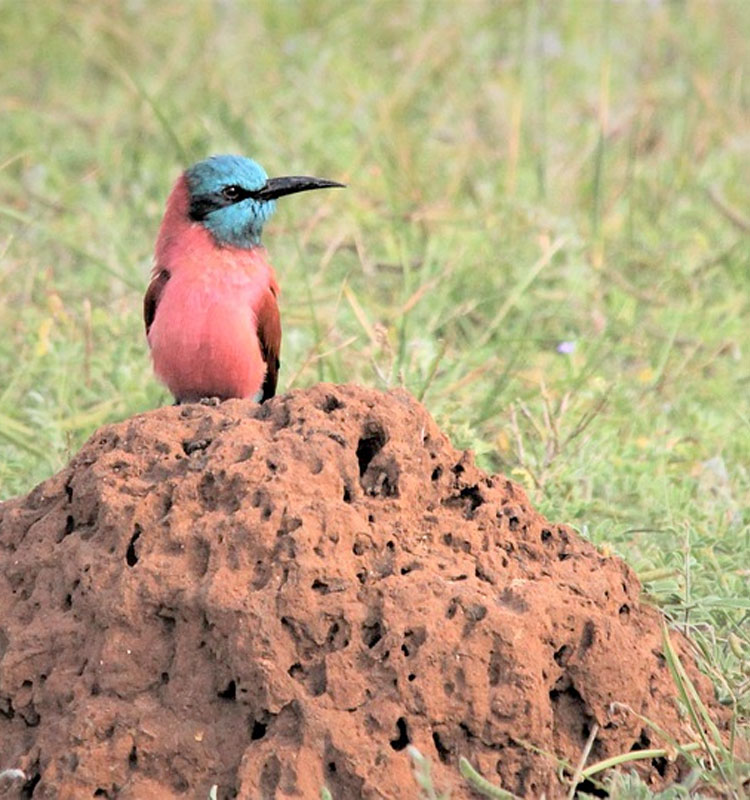About Ants

1. Ants in the garden.
Can ants cause damage to the garden? Occasionally. For example, an ant hill under a favourite perennial can cause root damage or undermine the plant. Sometimes, they can transmit plant disease, including sooty mould. But unless the tiny critters are really a problem, best to leave them alone.

2. Movin’ on up.
Have you noticed how ant hills seem to crop up everywhere in a wet year? The same thing happens after a very cold winter, when frost remains deep underground until summer. You’d move upstairs, too, if your basement was full of water or frozen. Instead of trying to kill these bad weather survivors, leave them alone and watch them go back underground when conditions improve.

3. Females’ work is never done.
In the social structure of ants, the most abundant group is the worker class, and all of them are female. When you see only one, it is usually a scout, whose job it is to look for food. When she finds a source, she makes a beeline for the colony with a sample of the goods, leaving behind a pheromone trail for foragers to follow and fetch the harvest.

4. Boys and girls that fly.
Flying ants tend to be male, except for the queen. She flies, mates and loses her wings. Flying males have very short lives, and their only function is to mate with the queen. They live fast and die young.

5. Stronger than fiction.
Ever see an ant carrying a load of something many times its size? It can lift items that are 20 to 50 times its own weight. They also have very strong legs, which, if transferred in ratio to human proportions, would allow us to run as fast as a racehorse.

6. Working for the birds.
A spray of formic acid is a strategy ants use to ward off trouble. Some birds put them in their feathers so they will squirt formic acid to kill the bird’s parasites. This is called “anting”.

7. Ants could take over the world.
There are about 1.5 million of them for every human being on earth. Considering that the average ant has about 250,000 brain cells, it takes about 40,000 of them to amass the brain power of a person. That means that the total ant-brain power on earth is about 37.5 times that of person-brain power.

8. Ants as farmers.
Ants herd and milk certain insects, such as aphids, to harvest honeydew. When you spray aphids off a plant with a jet of water, you can sometimes see them carting the aphids back up the plant to make more honeydew. Honeydew, by the way, is aphid poop.

9. Ant talk.
Ants communicate largely through chemical signals, but other signals can be delivered through touch and feel. They may stroke each other with their antennae. They also produce chirping sounds by rubbing parts of their bodies. Reception of this action is through hearing and sensitivity to vibrations. They also produce some visual signals but sight is one of their weakest senses.

10. U.S. bombers wage war on fire ants.
In the 1960s, the United States employed Second World War planes to drop poison bombs on fire ant colonies. It appears that while the strategy indeed killed them, it also killed native species. The fire ant population, being tough, recovered. The native species did not. (When will they ever learn?)
Shauna Dobbie Copyright©
Pegasus Publications Inc.




